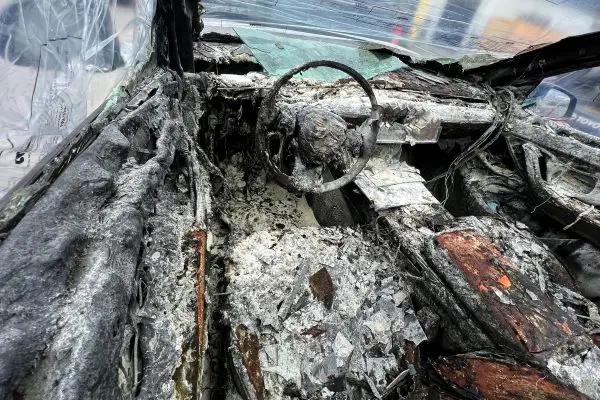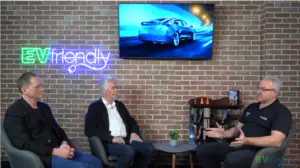A blazing Tesla raises questions about towing, storage, repair, safety, training, and more.
On May 20, 2022, in North Vancouver, Jamil Jutha was driving his 2021 Tesla Model Y when he received an error message just before his vehicle lost power. The vehicle shut down, smoke filled the cabin, and Jutha kicked his way out of the vehicle, given both the door and windows were inoperable.1 Minutes after Jutha’s escape, the North Vancouver City Fire Department arrived and extinguished the fire. Luckily, nobody was injured, and Mitchell’s Towing Ltd. was called to remove the casualty.
Now there is an old saying: “If you think education is expensive, try ignorance.”2 While it is important to remember that electric vehicles (EVs) are not known to catch on fire at a higher rate than gasoline-powered vehicles, there are special hazards associated with damaged EVs.3 As much as tow and recovery operators need to be aware of this information, so do other automotive service providers including auto recyclers, collision repair specialists, and mechanical repairers. If you are handling an EV that has been compromised in any way, you need to know the risks.
The Automotive Retailers Association (ARA) offers training on the safe handling of EVs through its new and innovative EVfriendly program: “In addition to the hazards posed by damaged high-voltage batteries, EVs pose other risks that, if not properly handled, can result in serious injury or death.”4
Although not common, a damaged EV can also reignite long after an incident, something which many people are not aware of. According to Ken Hendricks, the ARA’s senior industry advisor and senior EVfriendly project manager, they can do this for up to 30 days.
Given the risks, Mitchell Martin, owner of Mitchell’s Towing Ltd, suggests the following: “You need to create space. Once a vehicle goes up, if you are not prepared, or you do not take the measures that you should, the results can be bad. These fires are difficult to extinguish. So be aware, and don’t park any of your tow trucks around it. And this advice goes for the people who are repairing them too.”
What is EVfriendly?
If this story amplifies anything, it is the need for industry training. EV training is designed to arm automotive service providers with the skills and knowledge they need to survey for hazards, load and recover an EV, and properly store and manage them.
Martin credits the training he received through the ARA’s EVfriendly program and BCIT’s electric vehicle service technician course for providing him and his employees with the necessary training to safely handle EVs.
“The ARA has done a fantastic job of putting their program together,” said Martin. “It is available online, and you don’t have to be from B.C. to take the course.”
EVfriendly is an industry-led program (ZEV Alliance5), sponsored by the Ministry of Energy, Mines and Low Carbon Innovation and developed by the ARA to help address issues of safety, training, and consumer confidence in the transition to EVs. The program is designed to help businesses transition into servicing electric vehicles.
“Educating your operators about the hazards these vehicles pose and enrolling them in EV-specific training will help keep them safe. EVs are safe, and fires and other hazards associated with their recovery are rare, provided the operator observes proper handling and storage procedures,” said Hendricks.
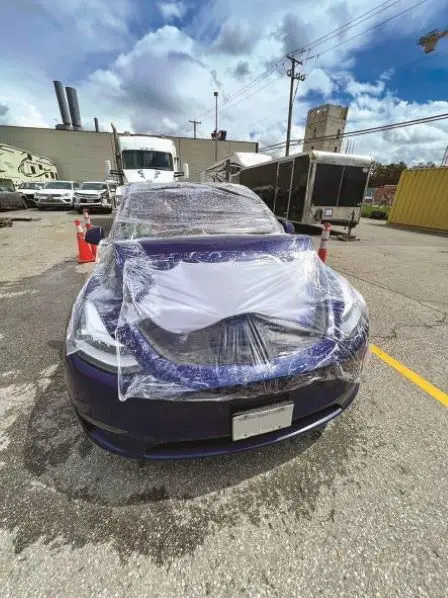
"If you think education is expensive, try ignorance.”
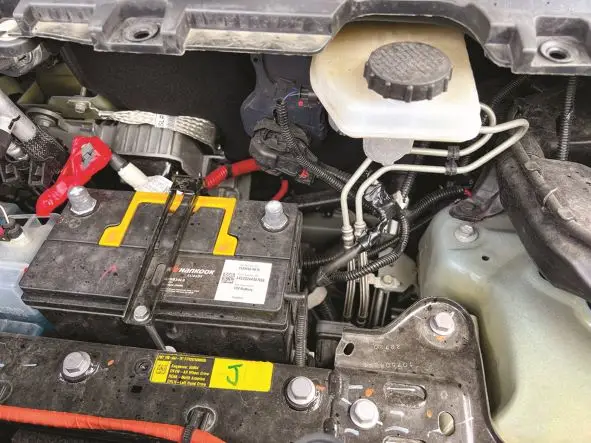
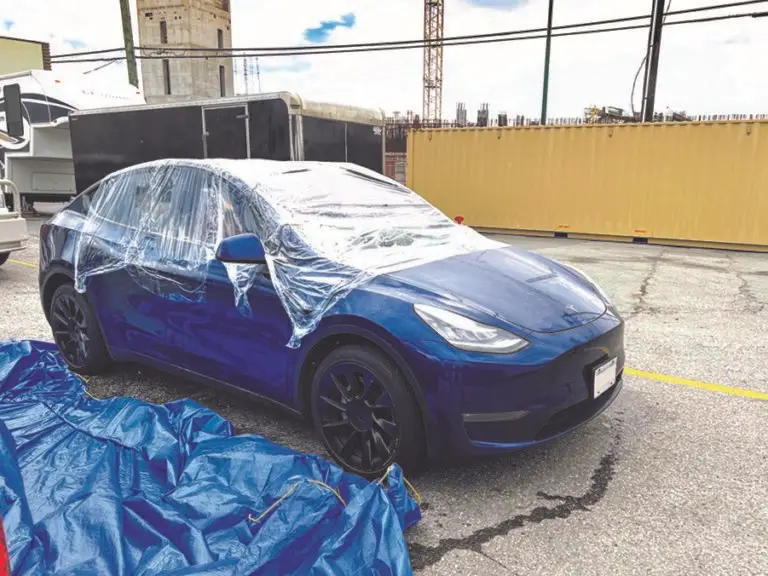
The EVfriendly program offers two levels—both the operator and the business can obtain certification. An employee can go online, complete the modules, and receive certification, and an employer can also obtain EVfriendly certification for their business. To do this, every employee must be certified. “Once you obtain certification for your business,” said Hendricks, “you can utilize the EVfriendly brand to assure customers that you and your employees are trained and qualified to tow and store EVs in a responsible and safe manner.”
The EVfriendly program is highly accessible, and takes about an hour and a half. “The course was developed for online delivery because it needs to be a practical, especially given the high turnover in the industry,” said Hendricks. “When new people come on board, they can’t wait six months for the next class. There’s some reading and a lot of video and narration, and there are graphics to illustrate what’s going on. There are also some interviews with towers. You will walk away from the course understanding these vehicles better and knowing how to handle yourself around them.”
About the burning Tesla, Hendricks states: “We are going to see more and more of these cases. This incident might seem a bit isolated, but as we transition to a 100% electric vehicle fleet, we are going to see more of this. You have to know how to handle yourself around these vehicles. You have to understand what the high-voltage components are, and you have to know how to properly secure the battery and disconnect it. These batteries are up to 400 volts. We have to start taking precautions now, build a foundation, and get people trained. That’s what EVfriendly is all about.”
“The EVfriendly program provides a database with knowledge and relevant information.” said Martin. “At Mitchell’s Towing, we have been a Tesla service provider since the company’s conception, so we regularly get PDFs from Tesla on towing procedure changes. We get a lot of information packages from different roadside assistance companies and EV manufacturers on how to tow, relocate, and jumpstart the electrical system. But some companies are not a part of this network and don’t have the ability to tap into this information. The EVfriendly program does a really great job of tying all the information together, including best practices.”
Now is the time to get involved. The EVfriendly program is new and innovative, and it is gaining attention from a lot of different organizations. “People are watching now what’s happening in B.C., and they’re using B.C. as that model of what they want to build,” said Hendricks. “We are North American leaders, both in terms of sales per capita and in the measures that we’ve taken as an industry to provide a sustainable market.”
Tune into the world of electric cars
As Hendricks pointed out, EVs are not going anywhere, and the writing is on the wall. With fuel prices soaring and a federal mandate requiring all new passenger vehicles sold to be 100% electric by 2035, the future of EVs in Canada has never seemed more secure, and the market is growing fast.6
According to the Ministry of Energy, Mines and Low Carbon Innovation, “The number of electric vehicles on B.C. roads alone has increased by 1,600% in the past six years as a result of the Province’s CleanBC Go Electric programs.7
Sooner or later all these EVs are going to need attention. Qualified industry professionals will be increasingly needed to sell, service, repair, tow, and recycle zero-emissions electric vehicles in a responsible and safe manner. If you are an automotive service provider, now is the time to invest in the necessary equipment and training to service EVs. The future is now. It’s time to become EVfriendly.
For more information about the EVfriendly program, contact Ken Hendricks at kenhendricks@ara.bc.ca, or visit EVfriendly.ca.
